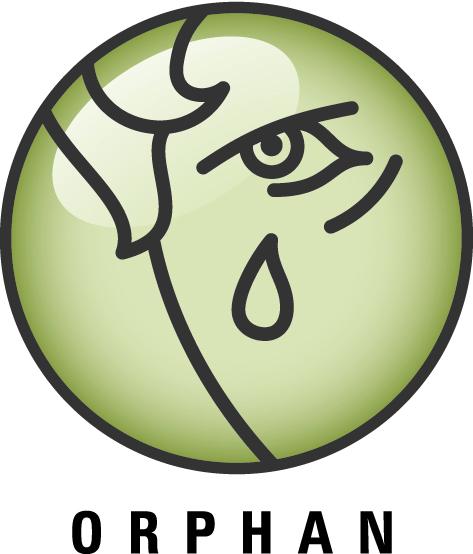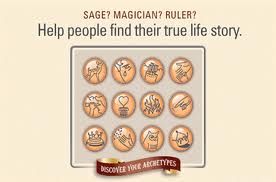On the way in to work this morning, I heard a distressing news story about Vladimir Putin and his regime’s military move into Ukraine. Putin held a news conference during which he detailed the United States’ arrogance on the world stage and the need for Russia to take a stand in the face of NATO and the United States’ aggression. Putin’s narrative, seemingly held over from the Cold War, has Russia cast as the long-suffering victim in a struggle for power and respect against a formidable foe working with some focus toward Russia’s continued diminishment and humiliation. While the origins of this narrative are understandable given the deep reservoirs of pain suffering that make up Russian history, this narrative is not well supported with facts (and boots) on the ground right now in Ukraine.
This news story was followed by a report of a new study published in the Scientific American that detailed a subset of parents who refuse to have their children vaccinated even when they receive accurate and compelling data as to both the benefits of immunization and the dangers of opting out. It turns out that these parents simply did not trust the government, any message it would send or anyone speaking on its behalf. The narrative of these parents—even when the health and well-being of their children were on the line—was that they were in a struggle for control with a maleficent force that was not to be trusted—despite any compelling data to the contrary.
While at first glimpse, it may look like these two stories are not related—one is about an aggressive Autocrat on the world stage and the other is about getting our kids vaccinated for mumps, but the underpinning theme is that both include narratives (archetypes) that refuse or filter out new data—data that would, if inhaled, change the narrative.
Carol Pearson’s model of the archetypes (the underpinning structure of the PMAI assessment)—details two archetypes or narratives that, when joined together, produce the kind of defiant, combative, defensive stance taken by both Putin in Ukraine and parents at the doctor’s office. The two archetypes are Orphan and Warrior.
 Orphan: the Orphan narrative is one that knows and has experienced pain, abandonment, and betrayal. The Orphan knows that trust is hard to come by for it is those we most trust who can do us most harm. The Orphan archetype or narrative can come across as cynical, complaining, worrisome and negative, but these qualities spring from and are balanced by a realism, grit and self-determination—a knowing that you need to tend to yourself and be on guard in a world that is not always kind, caring or deserving of trust.
Orphan: the Orphan narrative is one that knows and has experienced pain, abandonment, and betrayal. The Orphan knows that trust is hard to come by for it is those we most trust who can do us most harm. The Orphan archetype or narrative can come across as cynical, complaining, worrisome and negative, but these qualities spring from and are balanced by a realism, grit and self-determination—a knowing that you need to tend to yourself and be on guard in a world that is not always kind, caring or deserving of trust.
Warrior: the Warrior narrative is the story of struggle, of competition, of standing up and fighting for what you want. It is from the Warrior archetype that we find our voice, assert ourselves and get what we want. The Warrior narrative gives us courage, strength, and fortitude, but it also presents the world within a narrative structured around a struggle. In other words, the Warrior story requires an opponent; therefore people living the Warrior archetype are quick to see others as opponents or challengers when they may not necessarily need to be.
Both Putin and this group of parents have cast the US Government (ironically the same bad guy in both stories) as the dragon against which they must dig in and with which they have long grappled. They are both Orphan Warrior stories. The shame of it is that while our archetypes give our experience meaning, they also limit our experience and even the data we collect. If you see yourself as a victim (Orphan), it is almost impossible to trust your victimizer. If you see yourself locked in a struggle or battling a dragon (Warrior), it is not likely you would quickly pivot to a scenario to partner with that dragon. The Orphan Warrior archetype combination yields strength, power, grit and endurance for the fight, but it also ensures that the fight will go on.
Getting someone within the Orphan narrative to change his/her mind first requires that the Orphan story itself—the narrative of suffering, of victimhood, of woundedness—be acknowledged and shared. Until this happens, the complaint and seeming negativity will only deepen.
This is the kind of work that is so nicely framed and opened up—whether on a one-on-one, team, large group or cultural scale—by Narrative Intelligence and Carol Pearson’s PMAI (Pearson-Marr Archetype Indicator) assessment. To learn more about the stories that you are living and how best to work within these and to access others that may be of more use, consider taking a deeper dive into Narrative Intelligence with OKA’s Narrative Intelligence Workbook or our experiential one-day Narrative Intelligence, Archetypes and the PMAI class.


Leave a Comment